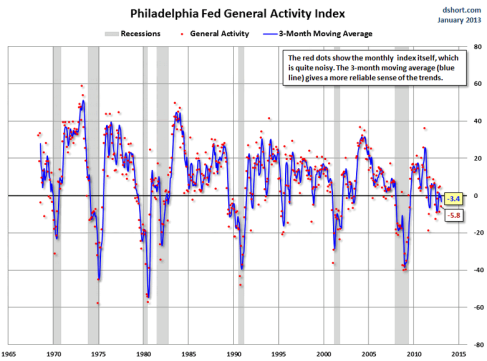Hedge funds are almost never a good investment. As a class, they underperform and overcharge.
Only 20% of funds beat their benchmarks in a given year, and of those, fewer than half outperform in two of the next three years. Over five years, only 1% manage to beat the market after fees. For example, from 2007 to 2012 (which included a bear market and a bull market), the average hedge fund lost over 13%, vs. a gain of over 8% for the S&P 500.
Performance fees encourage managers to take undue risks, and fees take the magic out of compounding. Over five years, raw performance of 10% per year comes out to about 50% in cumulative gains. Factor in 20% performance and 2% management fees each year, and the total return is roughly halved.
So what explains the explosion of assets under hedge fund management in the last two decades ($2 trillion vs. $100 billion 20 years ago)? My guess is psychology. Hedge funds are sexy, a seemingly exclusive product for those with money and connections. They are an aspirational purchase – like joining a private club, becoming a limited partner signifies that you’ve made it. Not only does it say you have money, but that you are connected and savvy enough to find an ace manager (or so you think). If something is hard to get into and expensive, it has to be good.
The outsize earnings of successful managers (which can dwarf Fortune 500 CEO salaries by orders of magnitude) should serve as a red flag, but instead they add to the aura around this asset class. It’s perverse, but as everything is disclosed, and the facts about hedge funds are out in the open, investors seem to be choosing glamour over money. This is the same lack of concern as when buying a yacht or plane instead of renting, or dropping big money on a night out. Insouciance is the entire point.
The decision to invest in a hedge fund may involve elements of gambler’s conceit, luxury spending, and social belonging. It’s not about the returns.
–
Credit to Barry Ritholtz for data on hedge fund performance from a presentation at Agora Financial’s conference in Vancouver this past July, and to Simon Lack, author of The Hedge Fund Mirage.






